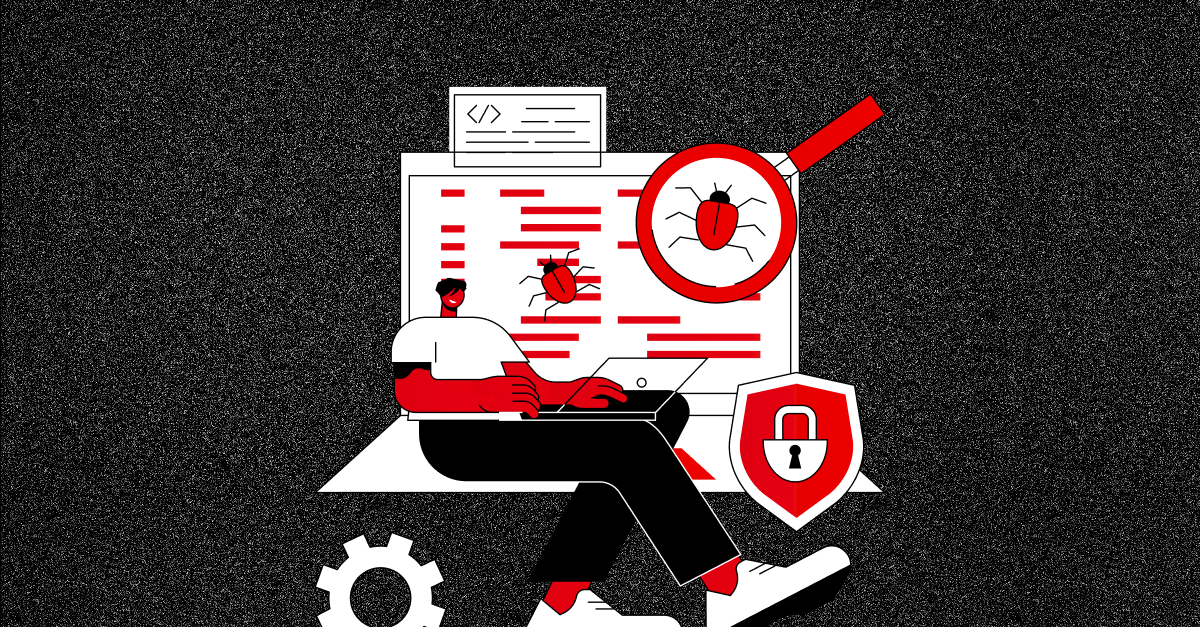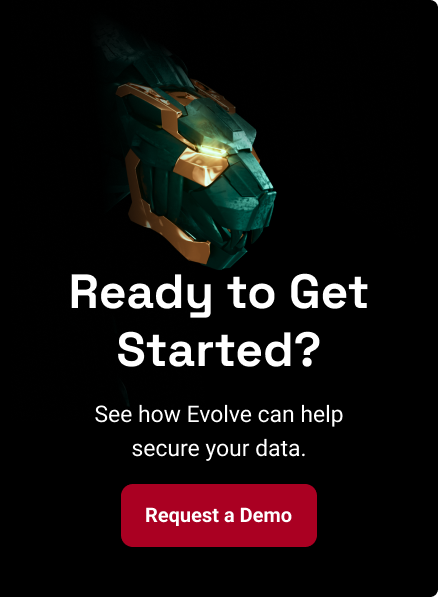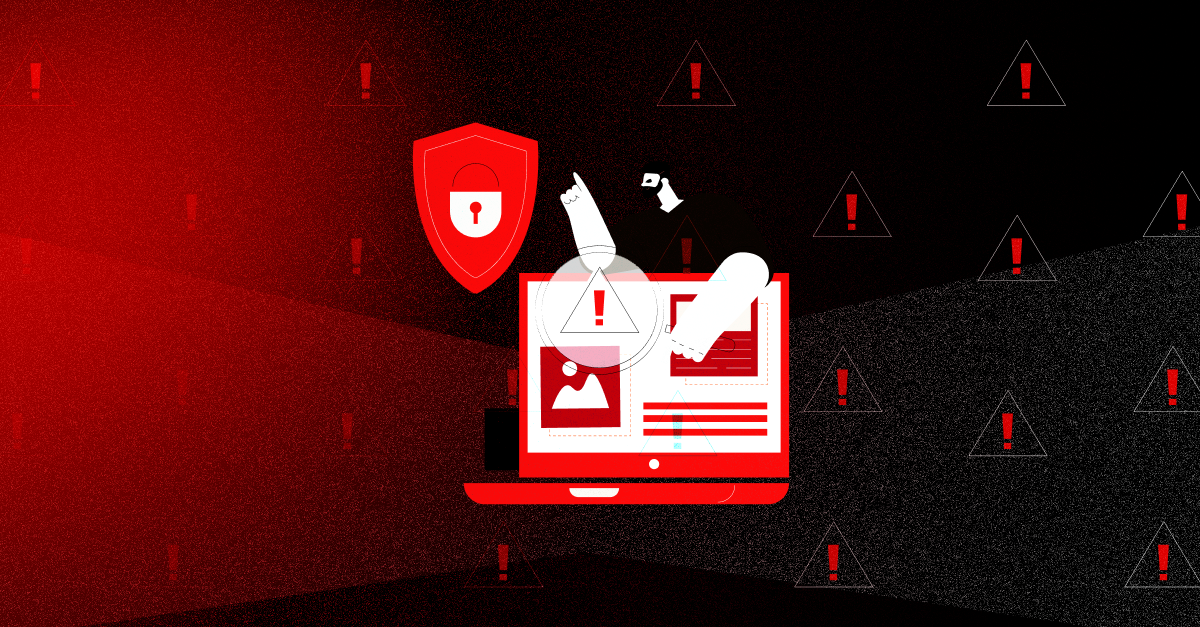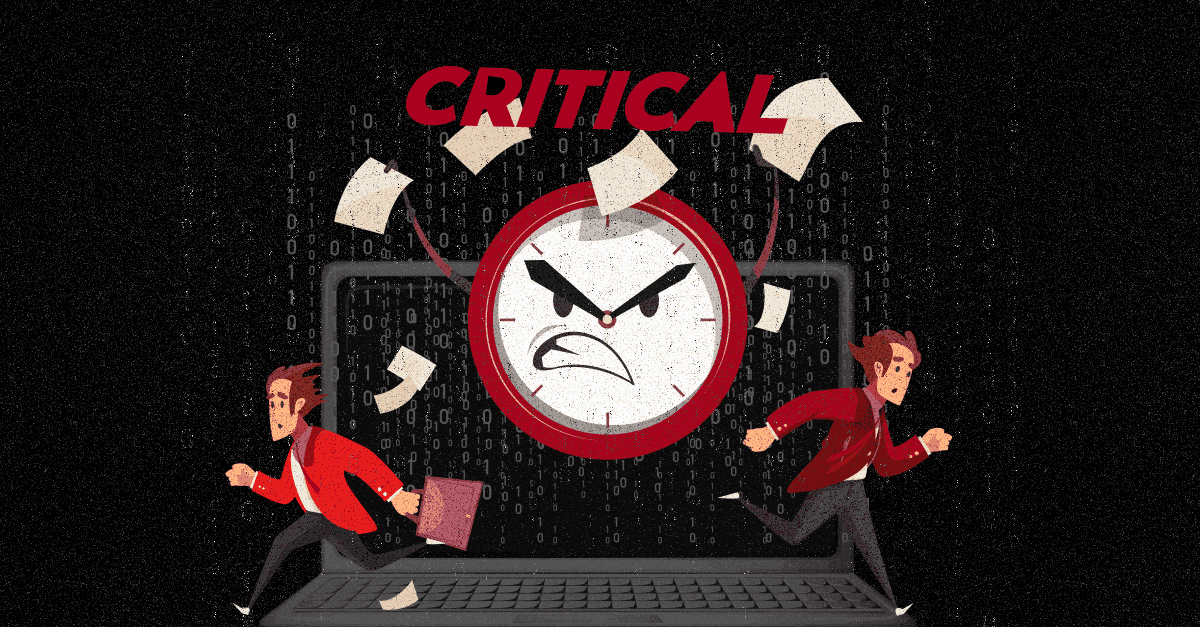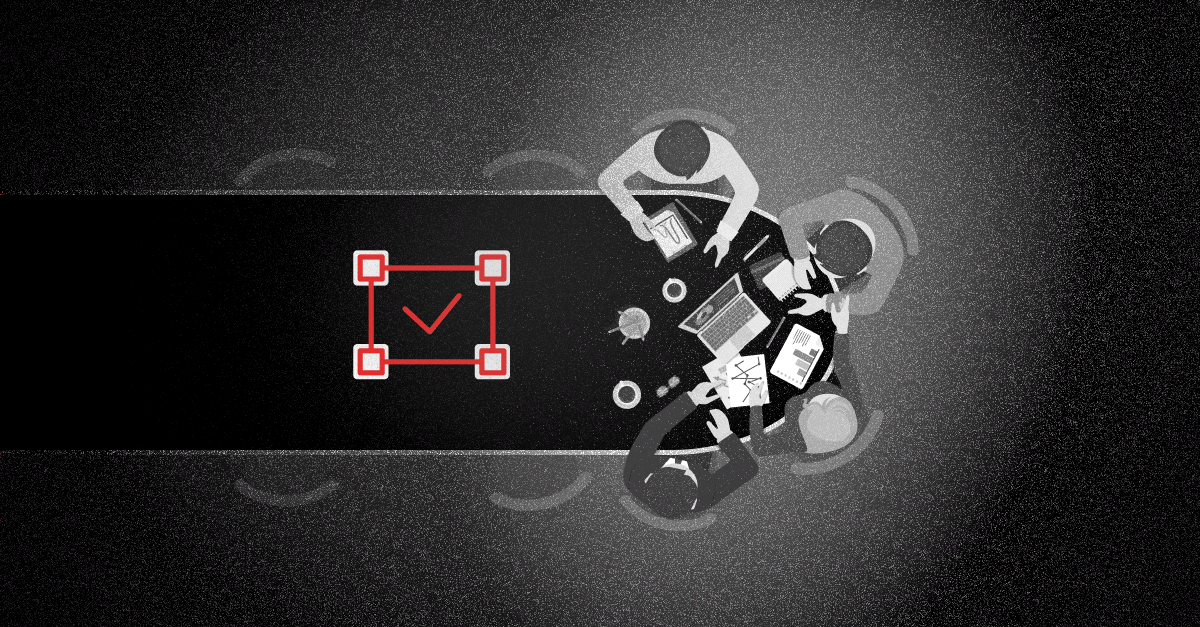In the fiscal year 2022–23, Australia was besieged by a staggering surge in cyber threats: ASD responded to over 1,100 cyber security incidents, and law enforcement fielded nearly 94,000 reports through ReportCyber—equating to roughly one every six minutes. (Source:
ACSC)
As businesses increasingly rely on digital infrastructure, the urgency to understand and mitigate these threats has never been greater. Are you confident in your company's ability to fend off sophisticated cyber threats? Learn about the prevalent threats targeting enterprises today and the advanced solutions designed to combat them effectively in this blog post. It was crafted with insights from our Principal Security Consultant, Debasis Mohanty.
Most Common Types of Threats Faced by Enterprises Today
Enterprises confront a myriad of threats that threaten their operations and data integrity everyday. These threats can be broadly categorized into the following:
Network Layer
Network layer threats often target the infrastructure of an enterprise. These include Distributed Denial of Service (DDoS) attacks, which can cripple a company's operations by overwhelming their servers with traffic. Network sniffing and spoofing also pose significant risks, allowing attackers to intercept and manipulate network data.
Endpoint Layer
Endpoints, such as laptops, smartphones, and other devices, are prime targets for cybercriminals. These devices often serve as entry points for malware, ransomware, and phishing attacks. Endpoint layer threats can compromise sensitive data, disrupt operations, and provide attackers with a foothold within the network. With the rise of remote work, securing endpoints has become even more critical.
Application Layer
Applications are the lifeblood of modern businesses, but they also present numerous vulnerabilities. Common threats include SQL injection, cross-site scripting (XSS), and security misconfigurations. These vulnerabilities can be exploited to gain unauthorized access to sensitive data or to disrupt application functionality.
Data Layer
Data breaches are a constant concern for enterprises. Threats at the data layer include unauthorized access, data exfiltration, and ransomware attacks. Protecting sensitive information, whether in storage or transit, is paramount to maintaining trust and compliance.
User Layer
Human error is often the weakest link in cybersecurity. Phishing attacks, social engineering, access control weaknesses, and credential theft exploit this vulnerability. Ensuring users are educated and vigilant is a critical component of any security strategy.
Model Inversion
As businesses migrate to the cloud, new threats emerge. Misconfigured cloud storage, insecure APIs, and account hijacking are just a few examples. Cloud security requires robust policies and continuous monitoring to safeguard assets.
Third Party Risks
Enterprises increasingly rely on third-party vendors, which introduces additional risks. Third-party threats include supply chain attacks and vulnerabilities within partner networks. Ensuring these partners adhere to stringent security standards is essential.
Note: The above list of threats do not include physical threats. They are very specific to IT infrastructures, users, and applications.
Threat Detection and Response Solutions
SIEM and SOAR
Security Information and Event Management (SIEM) and Security Orchestration, Automation, and Response (SOAR) systems are vital tools. SIEM provides real-time analysis of security alerts, while SOAR automates the response to incidents, reducing the burden on security teams and improving response times.
IDS and IPS
Intrusion Detection Systems (IDS) and Intrusion Prevention Systems (IPS) monitor network traffic for suspicious activity. IDS alerts administrators to potential threats, while IPS takes proactive measures to block attacks, providing a critical line of defense. IDS works as a subset of IPS, just like SIEM is a subset of SOAR.
Data Loss Prevention
Data Loss Prevention (DLP) systems protect sensitive information from unauthorized access or leaks. By monitoring data transfers and enforcing security policies, DLP systems help prevent data breaches and ensure compliance with regulations.
Identity and Access Management (IAM)
Identity and Access Management (IAM) systems are essential for controlling and managing user access within an enterprise. IAM systems ensure that the right individuals have the appropriate access to resources, minimizing the risk of unauthorized access and potential breaches. Implementing multi-factor authentication, single sign-on, and stringent access controls can enhance security and streamline user management.
MDR and Incident Response (IR)
Managed Detection and Response (MDR) provides
24/7 threat monitoring, active threat hunting, and rapid
containment of attacks. Unlike traditional security monitoring, MDR integrates
behavioral analytics, endpoint telemetry, and human-led investigations to detect
stealthy threats that evade basic security controls.
Incident Response (IR)
orchestrates containment, forensic analysis, and remediation strategies to minimize damage. When a breach occurs, IR teams
triage alerts, isolate compromised systems, and execute predefined playbooks to restore normal operations as quickly as possible.
Enterprises that combine MDR's proactive threat hunting with IR's structured response methodology could reduce dwell time, terminate active attacks, and recover faster from security incidents—all without relying exclusively on internal security staff.
Combination of Solutions for Third-Party Risks
Addressing third-party risks requires a multifaceted approach. Combining SIEM, SOAR, IDS, IPS, and DLP systems ensures comprehensive monitoring and protection. Additionally, regular security audits and penetration testing can identify and mitigate vulnerabilities within third-party networks.
Combination of Solutions for Third-Party Risks
1. Implement Multi-Layered Security
Adopt a defense-in-depth strategy by implementing multiple layers of security controls. This includes firewalls, intrusion detection/prevention systems (IDS/IPS), anti-malware solutions, and endpoint protection. By having multiple layers, enterprises can better detect and respond to threats at various points within the network and system.
2. Regularly Update and Patch Systems
Ensure that all software, operating systems, and applications are kept up-to-date with the latest patches and updates. Regular patch management helps to close vulnerabilities that could be exploited by attackers. Automated patch management systems can streamline this process and reduce the risk of oversight.
3. Conduct Continuous Monitoring and Analysis
Utilize Security Information and Event Management (SIEM) systems to continuously monitor and analyze security events in real-time. Continuous monitoring helps to quickly detect anomalies and potential threats. Advanced analytics and machine learning can enhance threat detection capabilities by identifying patterns indicative of malicious activity.
4. Train Employees on Security Awareness
Human error is a significant factor in many security breaches. Regularly train employees on cybersecurity best practices, such as recognizing phishing emails, using strong passwords, and adhering to company security policies. A well-informed workforce is a critical line of defense against social engineering attacks.
5. Regularly Conduct Security Reviews and Penetration Testing
It's not enough to simply implement security measures; enterprises must also ensure these defenses are effective. Regular security reviews and penetration testing are critical for identifying vulnerabilities and weaknesses in the system before attackers can exploit them. By simulating real-world attack scenarios, penetration testing helps to validate the effectiveness of your security controls and provides actionable insights for improvement. Engaging with experts to conduct these assessments ensures a thorough evaluation and helps maintain a robust security posture. Don’t wait until a breach occurs – proactively test your defenses to stay ahead of emerging threats.
How Effective Are Your Security Controls?
Most companies today use a variety of security solutions to protect their business from different threats. While they may have these solutions in place, are they truly effective in providing protection? How confident are you in the effectiveness of your current security controls?
Do you regularly test and update your security measures to adapt to new threats? Are your employees well-trained to recognize and respond to phishing attempts? Without continuous evaluation and improvement, even the most sophisticated security systems can fall short.
Get a Consultation for Your Business Today
At Threat Intelligence, we specialize in providing comprehensive security reviews and penetration testing to verify the effectiveness of your security controls. Our team of experts will meticulously assess your systems, identify vulnerabilities, and provide actionable insights to bolster your security posture.
The only way to truly know if your defenses work is to test them rigorously.
Schedule a consultation with one of our experts today!

